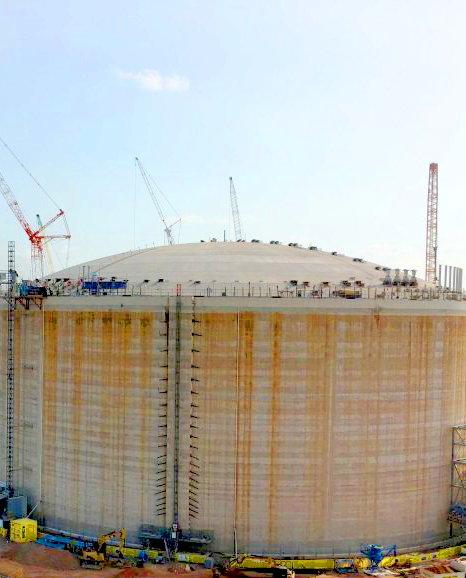Gas outlook adjusted
 Shell has revised its outlook on future demand for liquefied natural gas (LNG), as the post-fossil fuel era inches closer.
Shell has revised its outlook on future demand for liquefied natural gas (LNG), as the post-fossil fuel era inches closer.
Shell’s latest global LNG outlook suggests that demand for LNG by 2040 is anticipated to be slightly lower than its previous estimates, projecting a range between 625 and 685 million tonnes annually.
Earlier forecasts anticipated demand could surpass 700 million tonnes.
This recalibration of LNG demand expectations is one of a set of varying predictions over gas consumption, influenced by the accelerating transition away from fossil fuels.
Notably, Europe has engaged in long-term LNG contracts to navigate its energy crisis at the same time as the United States and Qatar are expanding their LNG export capacities.
However, a recent pause by the US on new export licences to assess environmental impacts shows the uncertainties clouding LNG's future viability.
Shell, commanding the largest gas liquefaction and marketing portfolio globally and catering to nearly 20 per cent of the world’s demand, provided its outlook as part of a broader narrative of adjusting energy forecasts.
The International Energy Agency (IEA) had also recently trimmed its global gas demand forecast for the fourth year running, projecting a peak by the 2030s.
Analysing Wood Mackenzie data, Shell observed that global natural gas demand had reached its zenith in the 2010s in regions like Japan, Europe, and Australia, with expectations for North America to peak in the 2030s, followed by the rest of the world in the 2040s.
Despite the anticipated peak of gas consumption, Shell envisions a more than 50 per cent surge in global LNG demand by 2040, underpinned by a record trade of 404 million tonnes in 2023.
Europe's heavy reliance on LNG imports post-Russia's pipeline cut-offs, and the continent's strategic LNG contracts extending beyond 2050, show the critical role for LNG in the current energy landscape.
The dynamics between Europe and Asia, particularly China's shift from coal to gas for industrial needs and grid stability, further complicate the global LNG market.
Investments in LNG mega-projects in the US and Qatar, poised to commence operations soon, are expected to alleviate price pressures and cater to the growing demand, primarily driven by Asian industrial decarbonisation efforts.
Shell's report underscores the evolving landscape of the LNG market, highlighting increased demand from emerging markets and the shipping industry, while anticipating a decline in “security-driven demand” post-2030.
With Southeast Asia facing dwindling domestic gas production, Shell believes the LNG supply in the latter half of the 2020s will be a critical element in stabilising what it describes as a “structurally tight” gas market, ensuring the energy transition maintains momentum while balancing environmental considerations.








 Print
Print